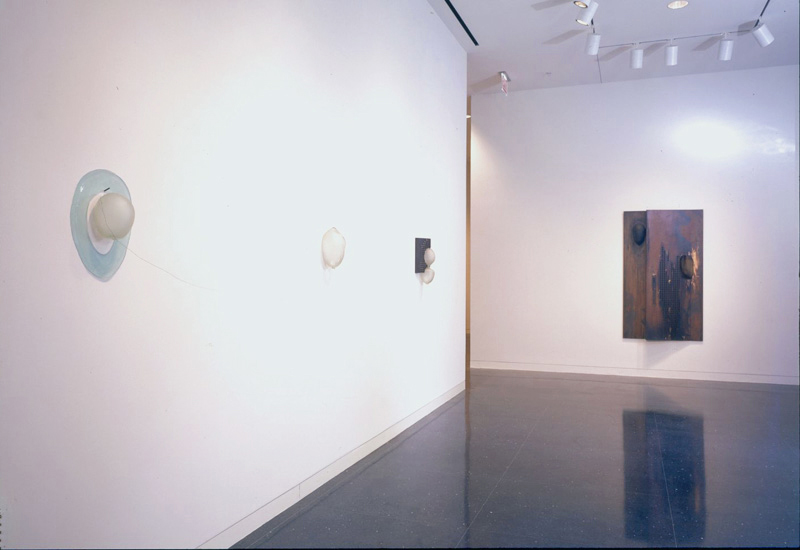Christopher Wilmarth


Past exhibition
Christopher Wilmarth
About the Exhibition
Christopher Wilmarth produced the majority of his work during the 1870–80s, and is represented in many museums with a single piece, providing a familiarity with this name and initial idea of his work. It is of particular pleasure for The Arts Club of Chicago to mount this exhibition, which gives a concentrated view of Wilmarth’s work and locates him in historical context.
One’s first impression of Wilmarth’s art is to appreciate the use of two highly disparate materials—glass and steel—in very severe and minimal formats. Continued readings evoke the subtle poetry and exquisite evolution of ideas. His glass vocabulary is extraordinary—clear, green, black, etched, and in combination with steel, steel cable, and bronze. Glass is a chameleon in Wilmarth’s hands, a medium to visualize light and shadow, to reflect time and place, and to review his emotions and the depth of his psyche.
Director's Note
I would like to thank Regina Coppola, Curator, University Gallery, University of Massachusetts Amherst for jump-starting this project with her exhibition last spring, Living Inside: Christopher Wilmarth. Her extremely informative essay positions Wilmarth within a larger context while giving access to his interior thoughts. The Club has encountered an especially dedicated following for Christopher Wilmarth during the organization of this exhibition; beginning with the collectors whose generosity in lending such fragile pieces is the definition of a true collector. I would like to thank The Edward R. Broida Collection for lending several gems from that extensive collection, Rex Auchincloss, Marlene and Robert Baumgarten, Frances Dittmar, The Maxine and Stuart Frankel Foundation for Art, Susan Wilmarth, and the Museum of Contemporary Art, Chicago. Susan Wilmarth and the Wilmarth Estate, represented by Robert Miller Gallery, New York, have been extremely supportive, notable Betty Cunningham. We were aided with the details of documentation by the recently established Wilmarth Archive at the Fogg Art Museum, Harvard University, and by Jerry L. Thompson for his photography. No Christopher Wilmarth exhibition can be installed without the able assistance of Thomas Delano, who worked with Wilmarth throughout his career, learning the exacting magic of his installations. Annette Ferrara and Don Guss composed a beautiful catalogue.
–Kathy S. Cottong